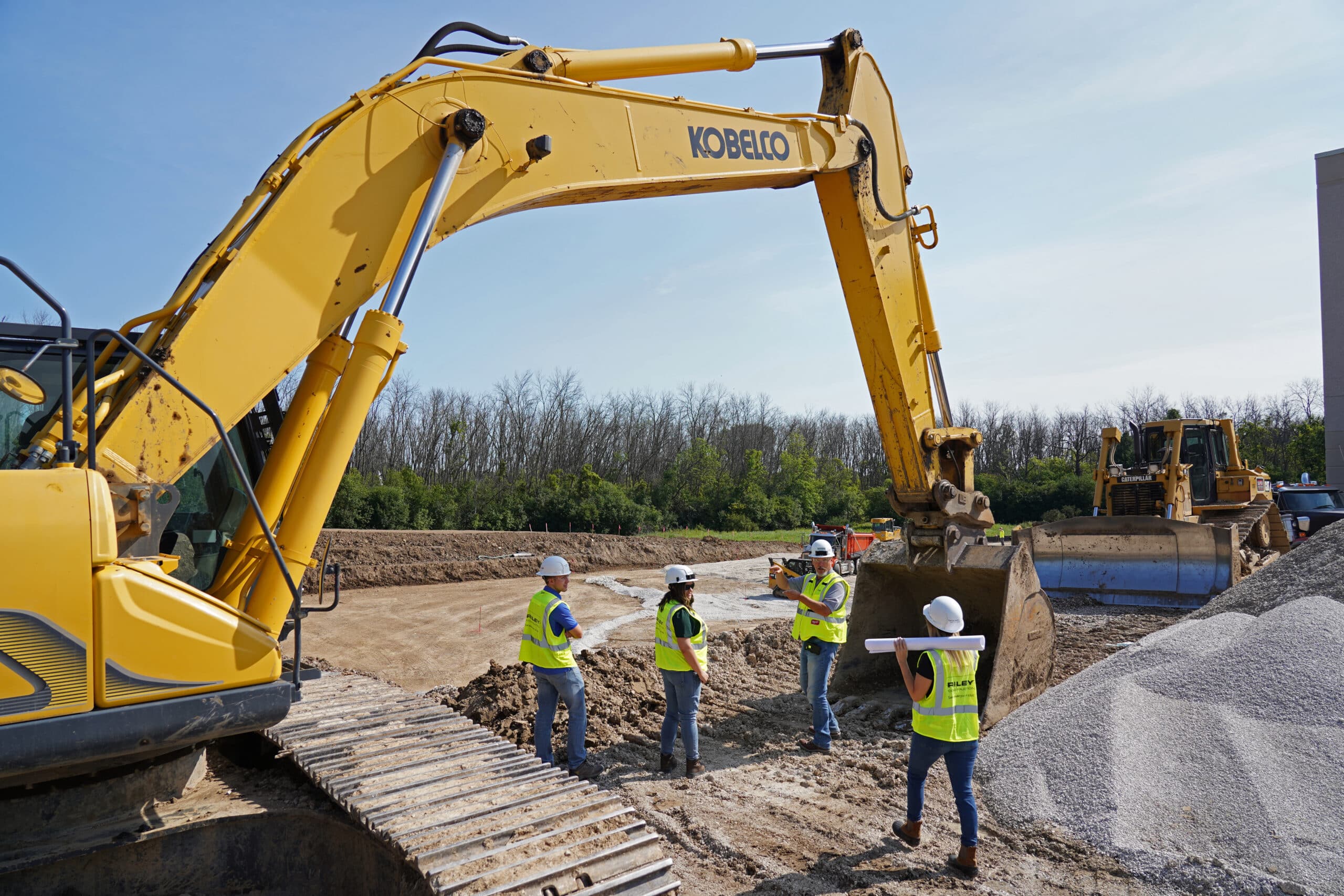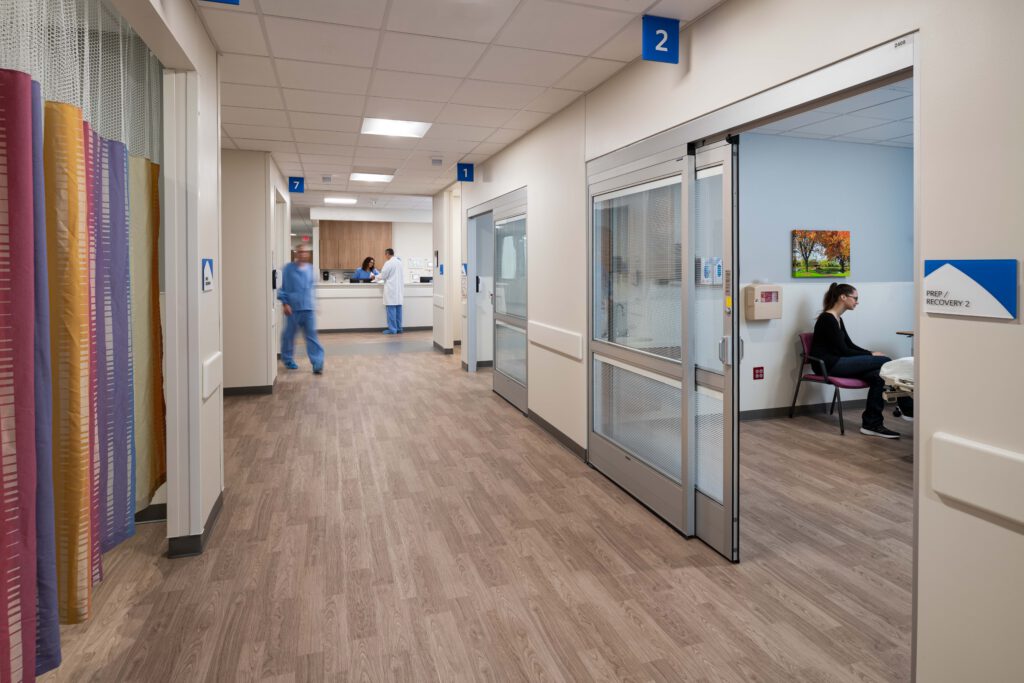- Knowledge Base
- |
- Construction Ideas
- |
- Construction Market Trends
- |
- Industrial Construction Market Trends
Five Reasons Why You Should Start Your Building Project Now
If you are a developer or business owner thinking about breaking ground in 2025, now is an ideal time to get started. A lot goes into planning and executing a commercial construction project – from accurate estimating to design and engineering. If breaking ground in Spring is your goal, then it’s not too early to start having a conversation about how to bring your vision to life.
In fact, more owners and developers are adding projects to the planning queue expecting stronger market conditions next year. The Dodge Momentum Index, which measures commercial construction planning, saw a 2.9% uptick in August with most sectors showing growth. [1]
Here are five reasons to start your commercial construction project now:
PLANNING TAKES TIME
From permit approvals to re-zoning and architectural design, there are many factors that require at least five to six months of planning time. Starting the estimating process early can help you develop more accurate budgets and determine if or when portions of the project should be completed in phases. It also allows the design team more time to select materials and finishes within budget parameters and account for any long lead times. Spring is ideal to break ground to avoid the extra costs incurred to build during winter months.
LOWER INTEREST RATES
The Federal Reserve recently cut interest rates by a half percentage point to rates between 4.75% and 5%. While that might only mean a savings of $50,000 annually on a $15 million project, it does signal confidence that inflation is in check and rates are likely going to trend downwards. An interest rate cut is generally good news for the construction industry, as it reduces borrowing costs and can encourage more investment in new projects. It’s a positive first step, but loan-to-value ratios will need to improve alongside the rate cut to make financing even more attractive. [2]
For developers, lease rates are going up, so the cost per square foot to lease a space is increasing. Interest cuts, which reduce building costs, combined with increased income for developers are making building right now more of a win-win scenario. This means a higher return on investment than the same project would have had a year ago.
SUPPLIER & SUBCONTRACTOR CAPACITY

For the moment, material costs have also leveled out and in some cases inched downward because supply and capacity have opened on the subcontractor level.
BANK LENDING LOOSENING
In the first quarter of 2024, banks reported tightening their commercial real estate lending policies, including maximum loan sizes and interest-only payment periods.
According to Adam Newman, Executive Vice President with Landmark Credit Union, as interest rates drop, borrowers should see an easier pathway to refinancing stabilized projects out of their construction loan structures. These refinances should free up construction allocations as we roll into mid-2025. Financial institutions are also recovering deposits as rates decrease and alternative investments, like treasury bills, become less attractive.
As businesses pursue construction financing going into 2025, Newman says they should look for lenders who continued to fund construction throughout the cycle and who have capacity to carry loans through completion and beyond, if necessary. Also consider different lending sources like credit unions, which are playing a larger role in construction lending throughout the Midwest.
LACK OF EXISTING INVENTORY
While certain sectors like retail and office buildings are still dealing with a lot of vacancies, there’s still a major lack of space for manufacturing and industrial businesses, especially in manufacturing markets like Waukesha County which is seeing a vacancy rate of .9%.
“It’s a great time to act right now if you are an industrial business looking to lock in long term growth,” says Jeff Hoffman, a principal with Wisconsin real estate brokerage firm Cushman & Wakefield | Boerke. But should the economy start to bounce back in 2025, Hoffman notes, there may be a significant shortage of traditional 50,000 -200,000 square foot buildings and tenants will need to shift to ground up Build-To-Suit projects.
By taking advantage of lower interest rates, increased supplier capacity and more bank lending opportunities, owners and developers can lay the groundwork for a more cost-effective project and a faster project timeline.
The team at Riley Construction is ready to help you get started. Contact Vice President Erik Dillon, LEED AP at erikd@rcremote.local to schedule an initial consultation.


